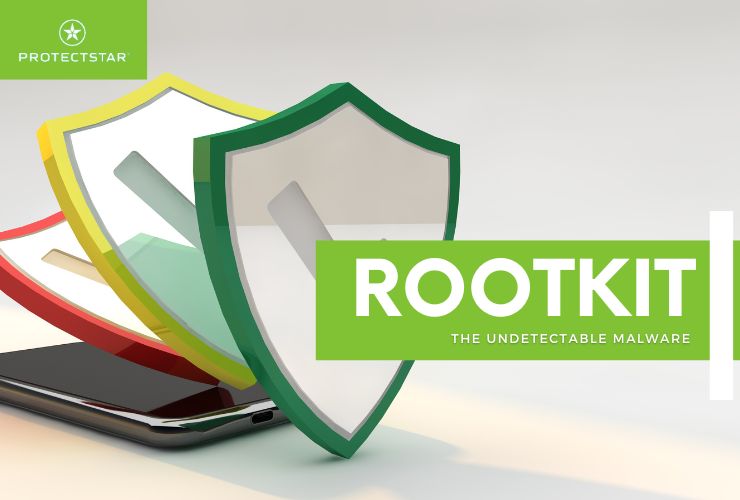Rootkits: The Undetectable Malware

Imagine an intruder who breaks into your house, hides in the shadows, and grants themselves permanent access. That's the reality of what a rootkit does. These malicious software programs burrow deep into your computer system, giving attackers continuous, hidden control. Unlike a blaring burglar alarm, rootkits operate silently, making them a serious threat to your data and privacy.
How Do Rootkits Invade Your System?
Rootkits employ various tactics to gain a foothold. Here are some common entry points:
- Software vulnerabilities: Outdated software with unpatched security holes can be exploited by rootkits to sneak in.
- Phishing emails: Clicking malicious links or downloading infected attachments from deceptive emails can unleash a rootkit attack.
- Drive-by downloads: Visiting compromised websites can unknowingly trigger the download of a rootkit onto your device.
- Infected USB drives: Plugging in an infected USB drive can be a one-way ticket for a rootkit to infiltrate your system.
Why Are Rootkits So Elusive?
Rootkits are great at covering their tracks and have multiple ways of staying hidden. They get:
- Kernel-level access: By burrowing deep into the core of your operating system (the kernel), rootkits can manipulate system processes and hide their presence from traditional security software.
- Process hiding: Rootkits can mask their processes from running program lists, making them invisible to basic detection methods.
- File system manipulation: Rootkits can alter file timestamps and attributes to appear legitimate or even hide themselves entirely.
Signs of a Rootkit Infestation:
While rootkits strive for invisibility, there can be red flags:
- Slow system performance: Rootkits running in the background can consume resources, leading to sluggishness and general slow-down of your PC.
- Unexplained programs: Unfamiliar programs appearing in your list of applications might be a rootkit's handiwork.
- Security software malfunctions: Your antivirus or firewall might exhibit unusual behavior or become disabled altogether.
- Suspicious network activity: Unexpected spikes in internet traffic or unknown connections could indicate a rootkit sending stolen data.
What to Do If You Suspect a Rootkit:
If you suspect a rootkit infestation, here's what you can do:
- Disconnect from the internet: Isolate your computer to prevent further damage and data exfiltration.
- Boot into safe mode: Safe mode loads only essential applications, potentially bypassing the rootkit's hiding mechanisms.
- Run a full system scan: Utilize reputable anti-malware software specifically designed to detect rootkits. Scan your infected files and upload the logs online to cross-check if it is, indeed, malware that was installed.
- Consider professional help: If the problem persists, consider seeking assistance from a data security professional.
Prevention is Key:
The best defense is a good offense. Here are some ways to keep rootkits at bay:
- Keep your software updated: Patching vulnerabilities promptly makes it harder for rootkits to exploit weaknesses.
- Be cautious with emails: Don't click on suspicious links or open unknown attachments.
- Use a reputable antivirus: Invest in a robust antivirus solution equipped to detect rootkits.
- Practice safe browsing: Avoid visiting untrusted websites.
- Think before you plug: Only insert USB drives from trusted sources.
Have you ever had to deal with a rootkit wreaking havoc on your system? Tell us on our social media!